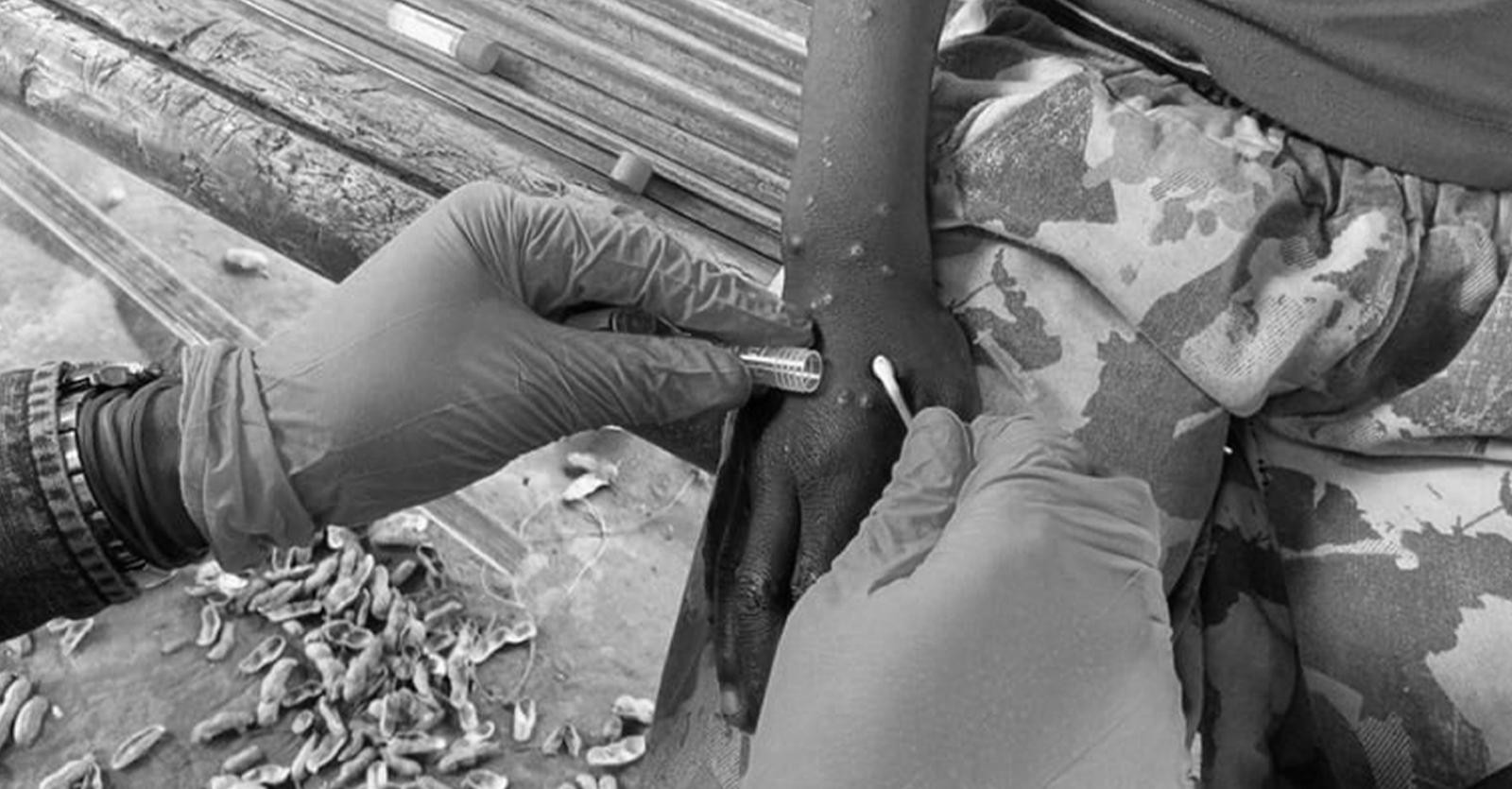
By Brian Jules Campued
The Department of Health (DOH) confirmed Monday the detection of a new case of mpox (formerly monkeypox) in the Philippines.
In a press briefing, Health Sec. Teodoro Herbosa said the new case was reported to the DOH on Sunday, following heightened surveillance due to the recent declaration by the World Health Organization (WHO) of mpox as a “public health emergency of international concern” (PHEIC).
“Ito ‘yung pang-sampu in the Philippines since December of 2023,” Herbosa said. All previous cases were isolated, cared for, and have since recovered.
The Health chief said the case is a 33-year-old male Filipino with no travel history outside the Philippines but had “close, intimate contact three weeks before symptom onset.”
Herbosa noted that the case was recorded in a government hospital where specimens were collected from skin lesions and examined via a real-time polymerase chain reaction (PCR) test, which tested positive for Monkeypox viral DNA.
“Symptoms started more than a week ago with fever, which was followed four days later by findings of a distinct rash on the face, back, nape, trunk, groin, as well as palms and soles,” he added.
According to DOH, the common symptoms of mpox include skin rash mucosal lesions, which can last two to four weeks, as well as fever, headache, muscle aches, back pain, low energy, and swollen lymph nodes.
Mpox is transmitted to humans through intimate contact with someone who is infectious, with contaminated materials like used clothing or utensils, or with infected animals.
“Pero soap and water will kill the virus. So, very important ‘yung handling ng materials, ‘yon ang gusto naming i-present ngayon,” Herbosa said, reminding people to use gloves when washing contaminated materials.
He, likewise, urged those with symptoms to not self-medicate and seek consultation and testing instead. However, it is also advised for patients with no other illnesses to home-isolate after testing “until all scabs fall off and a new layer of skin forms” after two to four weeks.
“We can avoid mpox. Keeping our hands clean with soap and water or with alcohol-based sanitizers will help,” the DOH chief said.
“DOH will make the testing process as convenient as possible so that suspect cases may be identified fast and allowed to stay at home,” he added.
The WHO declared mpox a global public health emergency last August 14, following an outbreak of the viral infection in the Democratic Republic of Congo which has since spread to neighboring countries. Mpox was also declared a PHEIC from July 2022 until May 2023. – av
